Introduction to the basic knowledge of hand-brewed coffee the flavor characteristics of classic hand-brewed coffee how to brew fine coffee at home
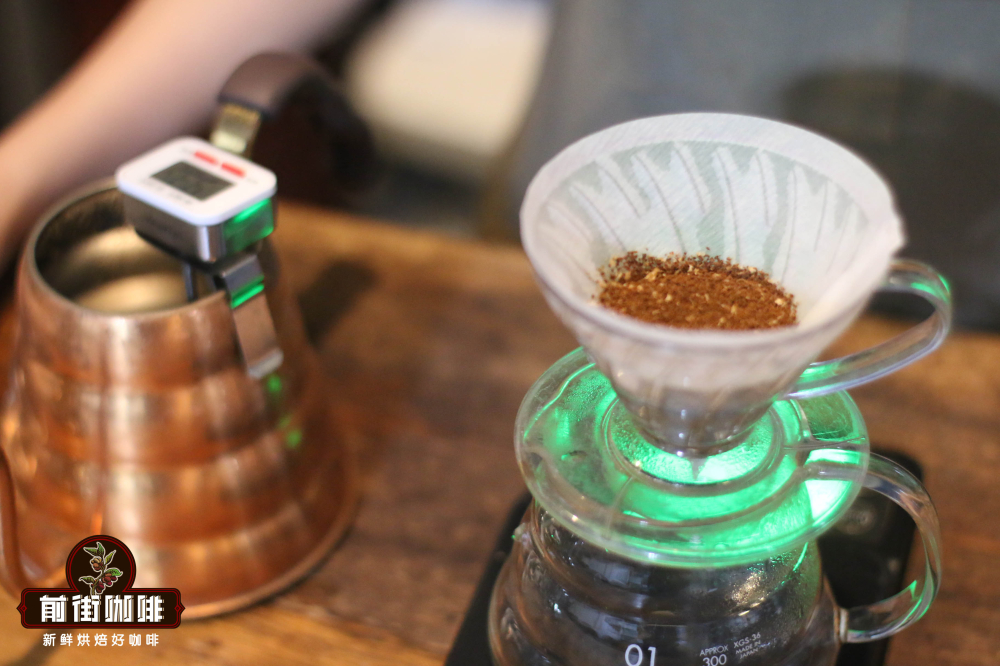
Professional coffee knowledge exchange More coffee bean information Please pay attention to coffee workshop (Weixin Official Accounts cafe_style)
More fine coffee beans, please add private WeChat Qianjie Coffee, WeChat: qjcoffeex
Why is coffee hot? What's the key to a good cup of hand-brewed coffee? The following article will introduce you to the basics of hand brewed coffee, so that you can make good coffee at home!
What is hand brewed coffee?
Hand brewed coffee, as its name suggests, is poured hot water on coffee powder, through filter paper and filter cup extraction coffee, the whole brewing process about 3 to 4 minutes. Because the flow rate, direction and temperature of hot water are controlled by the brewer, the coffee flavor is different almost every time. Although the equipment is simple, it is very particular about the technique and experience.
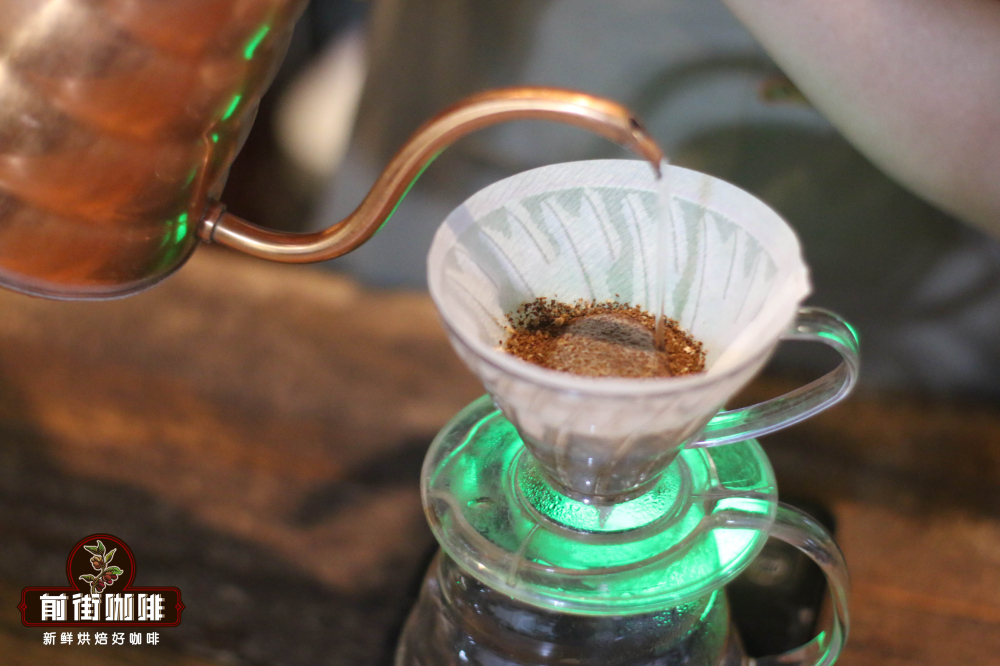
Hand-brewed coffee teaching
Hand coffee making apparatus
Hand washing pot: There are various sizes and materials of hand washing pot on the market, which can be selected according to demand. It is the size of the kettle that affects the brewing results, because it is related to the water yield. Front Street Coffee recommends beginners to use a narrow-mouth gooseneck pot (as shown below), which is easier to control. In addition, each type of hand washing pot is suitable for different heating methods (induction cooker or gas stove), so special attention should be paid when purchasing.
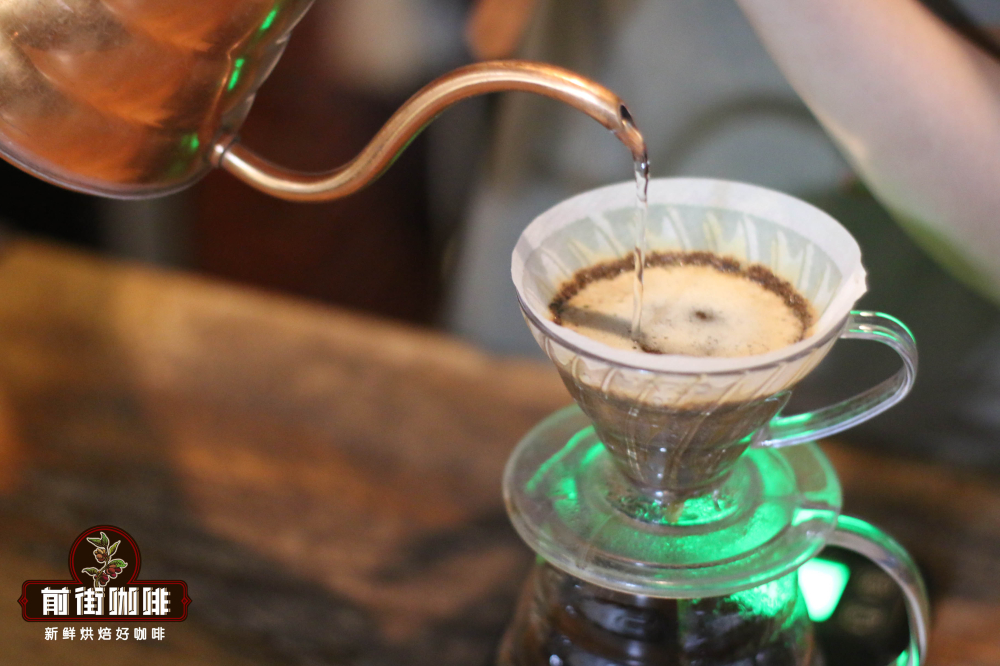
Filter cup: filter cup size and material are also different, mainly divided into fan, cone and wave filter cup three shapes. The size of the filter diameter at the bottom of the filter cup will affect the flow rate of coffee extracted, and thus affect the flavor of coffee. Fan filter cup filter diameter small, slow flow rate, taste more mellow;
The conical filter cup has a large filter diameter, fast flow rate and lighter taste; the wave filter cup has a flat bottom, and with a special wave filter paper, the coffee filtered has the most uniform taste. More special is the metal filter cup, do not need to use with filter paper, can retain more coffee oil, taste stronger, but some fine coffee powder may not filter out.

Filter paper: Different filter cups have their own suitable filter paper. Filter paper can absorb some of the impurities and oils of coffee, and unbleached filter paper may have some paper flavor.
Bean grinder: freshly ground coffee is the freshest, coffee powder particle size and uniformity is also the key to affecting the flavor of hand-brewed coffee, suitable for hand-brewed coffee powder particles about the size of sugar, the more uniform the particles, the better the taste of the coffee. (The picture below shows the coffee grinding calibration sieve/China No.20 standard sieve)
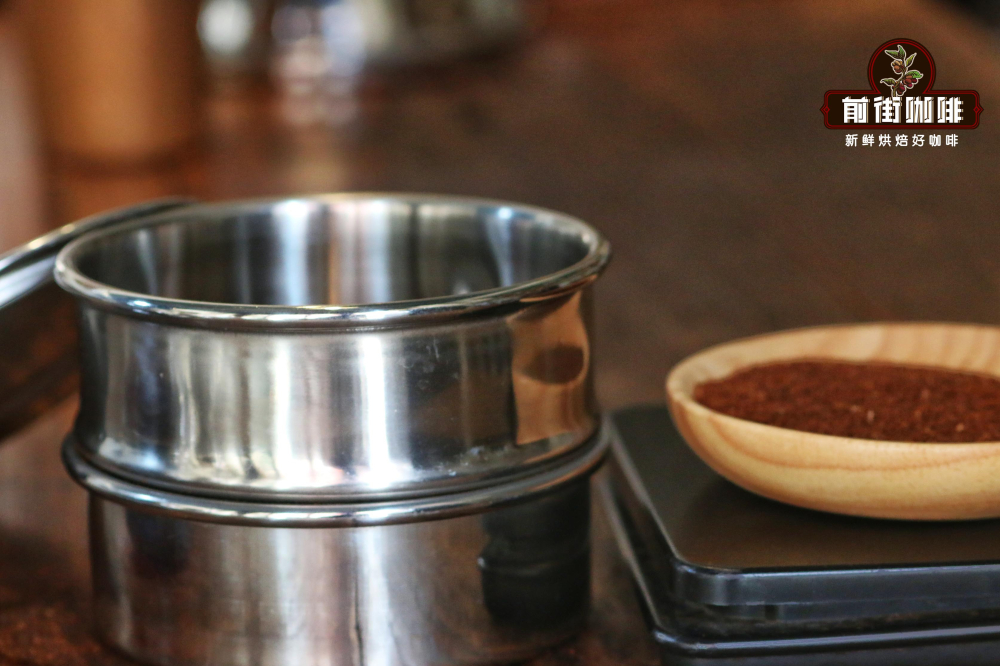
Coffee beans of different roasting degrees have different grinding thicknesses. According to the brewing experience of Qianjie coffee, medium light to medium roast coffee beans are suitable for medium fine grinding (75-80% sieving rate of China No.20 standard sieve); medium dark to deep roast coffee beans are suitable for medium coarse grinding (65-70% sieving rate of China No.20 standard sieve).
Coffee pot and coffee cup: used to hold filtered coffee, preferably warmed to maintain coffee temperature.
Auxiliary equipment: electronic scales, thermometers and timers can make the brewing process more accurate. Coffee beans of different roasting degrees have different suitable brewing water temperatures ~ According to the brewing experience of Front Street Coffee, medium to light roast coffee beans are suitable for 90-92 degrees Celsius; medium to deep roast coffee beans are suitable for 87-89 degrees Celsius.
Hand brewed coffee in the process of extracting coffee quickly
Characteristics of hand brewed coffee
Fast and efficient extraction: Compared with other coffee brewing methods, hand-brewed coffee continues to have fresh hot water through the coffee powder during the extraction process, and the extraction speed is faster, and more substances can be extracted from the coffee surface. But also because of the speed, if the control is not good, it may be extracted excessively. This principle is the same as frying fish in a pan with high heat. The fish has a large heating area, but it may be burnt if it is not well controlled.
There are many influencing factors: although it is only a few minutes, the flow rate of water, water temperature, coffee powder particles, filter cup shape, etc. will affect the final flavor of coffee, and sufficient research and preparation are needed before brewing.
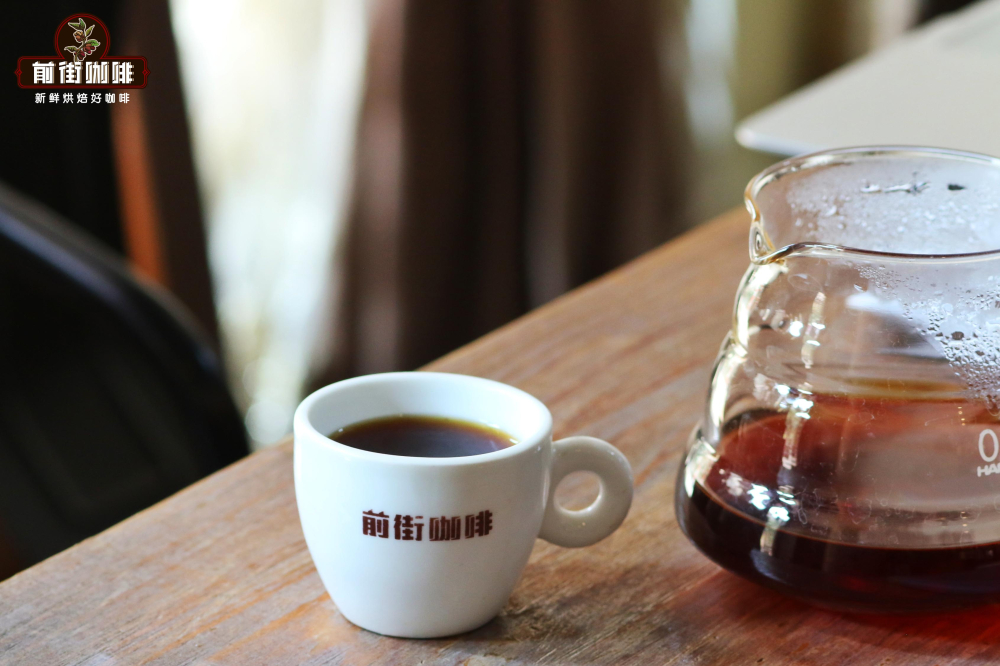
Coffee flavor diversity: coffee flavor under different conditions are not the same, different types of beans suitable for different conditions.
Seeing this, you may feel that making coffee by hand is complicated and skillful, and it seems that it is not so easy to get started. Sure, making coffee by hand is harder than making coffee in a coffee machine, but like buying your own flour and kneading dough, you can control every detail yourself, and the final coffee flavor is naturally unique. And by tweaking the various variables, you can experiment with every possible flavor of coffee, which is what makes hand-brewed coffee fascinating!
Are you excited? Even better, we'll tell you that it's not hard to make coffee by hand.
Advanced Chapter: Easy to Master Hand-brewed Coffee
People who are just beginning to know how to make coffee by hand are often frightened by the variety of appliances and precautions. Just the jug and filter cup don't know where to start. In fact, different hand brewing conditions have their advantages and disadvantages, everyone's preferences are also different, compared to the different opinions of various experts around, Qianjie Coffee recommends that you first understand the principle of hand brewing coffee, in order to really understand how to make a cup of coffee that suits your taste.
How to make coffee by hand
The so-called brewing coffee is actually the process of extracting molecules from coffee cells, and this process includes the following three steps: wetting, dissolution, and release. These three steps occur successively and affect each other, and finally produce the special flavor of coffee. We will explain them one by one:
Step 1: Wet/Steam
Literally, coffee powder wets when it hits water, which is the starting point for coffee cells to release molecules.
It should be noted that roasted coffee beans are full of carbon dioxide, and the fresher the coffee beans, the more carbon dioxide they contain. When the hot water touches the coffee powder, the carbon dioxide will run out first, forming a layer of bubbles on the surface, and when the hand is washed, you will see that the coffee powder in the filter cup begins to expand (as shown below). At this time, the coffee cell is like a supermarket where many people want to squeeze out from inside, and people outside can't get in at all.
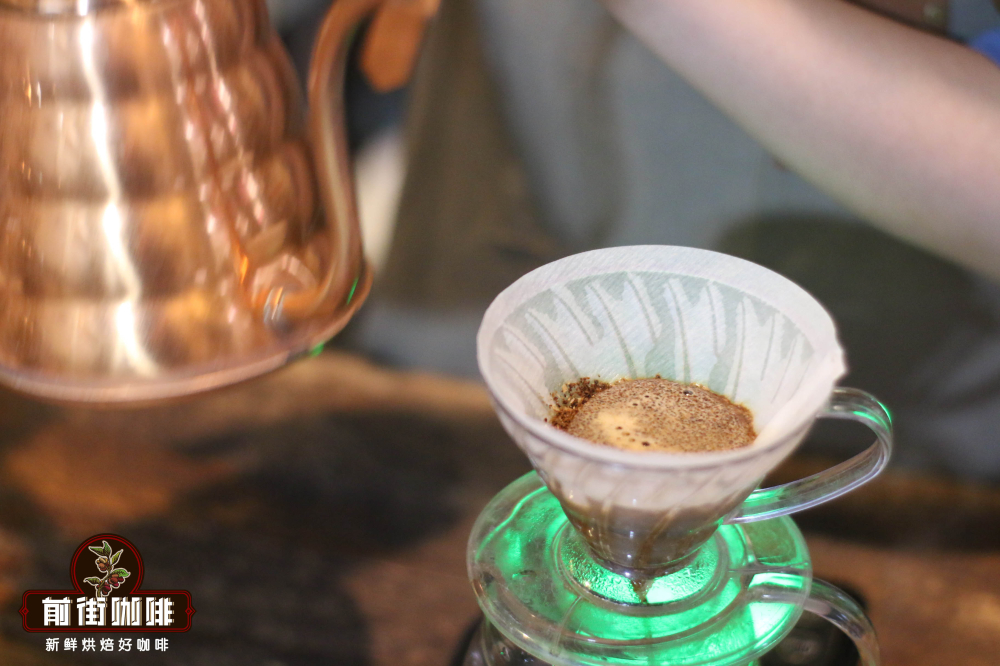
Similarly, hot water outside the cell cannot enter the cell. Therefore, after wetting the coffee powder, we will stop injecting water, wait for the carbon dioxide to be completely released, and then continue to heat the water after the coffee powder stops expanding, in order to achieve a better extraction effect.
When hot water touches coffee powder, carbon dioxide will run out first, forming a layer of bubbles on the surface.
Step 2: Dissolve
The process by which soluble molecules in coffee cells dissolve in hot water. This is the most important step in determining the flavor of coffee extracted.
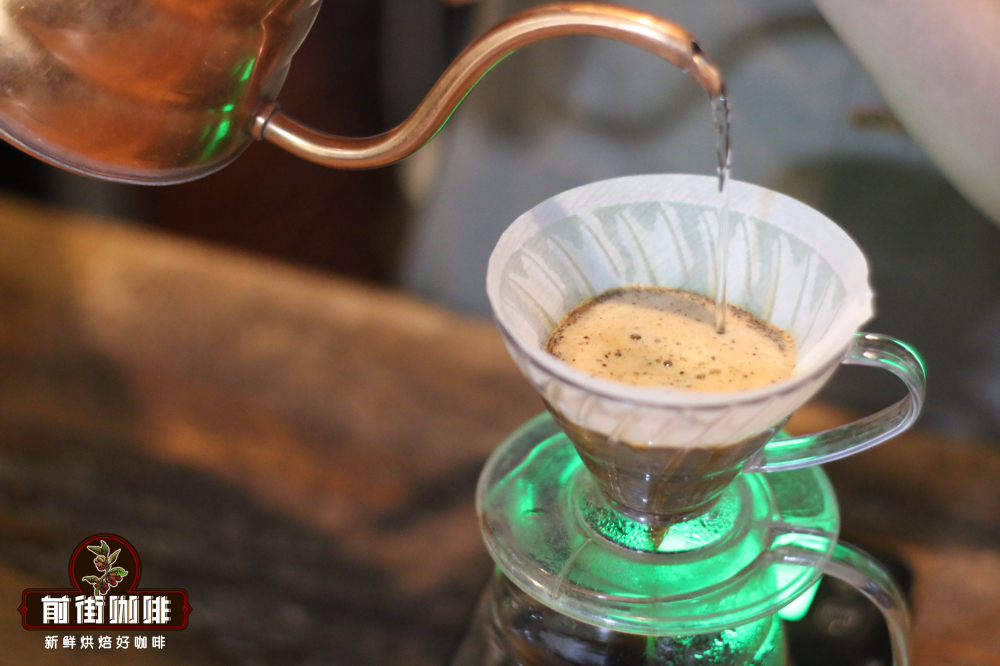
Coffee beans are two-thirds made up of insoluble cellulose, and one-third are soluble odor molecules that dissolve out in order of molecular size when exposed to water. The first small molecules to be dissolved include acids and aromas, then medium-molecular sweetness, and finally macromolecules of burnt bitterness, which is how coffee tastes at different levels. Therefore, if you prefer a sweeter taste, the extraction time should be shorter, because the longer the hot water stays on the coffee powder, the more bitter molecules will be dissolved.
Step 3: Diffusion
After the odor molecules dissolve, they leave the coffee cells by osmosis, a process known as diffusion. The odor molecules diffuse into hot water to form the final coffee extract.
coffee extraction
Factors affecting hand-brewed coffee
After understanding the principle, you should be able to understand the impact of different hand brewing conditions on coffee flavor. All the different variables actually revolve around one core: extraction time, that is, the time when coffee powder reacts with hot water. Here are some important variables:
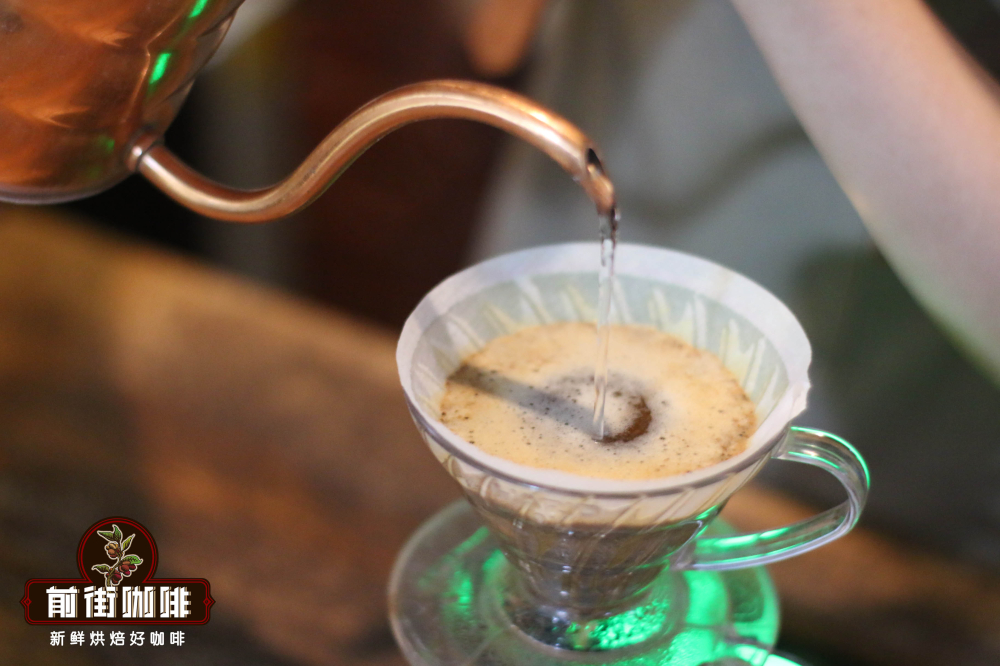
Coffee powder particle uniformity: fine coffee powder extraction speed is fast, coarse coffee powder extraction speed is slow, and the complete extraction time required is different. If the powder particles are not uniform, it is possible that the fine coffee powder has begun to release bitter molecules, and the coarse coffee powder has not been completely extracted, resulting in a poor final coffee flavor. Coffee powder particles uniform will not have this problem.
Coffee powder particle size: The finer the coffee powder, the longer the hot water flows through the coffee powder.
Filter paper thickness: The thicker the filter paper, the slower the flow rate of the extract, the longer the time for hot water to interact with coffee powder.
Water injection speed and method: water injection is uniform and stable, so that the coffee powder extraction speed is consistent. In addition, the height of the water injection will also affect the water temperature, it is recommended to close to the filter cup as much as possible, in order to repeatedly circle the way water injection.
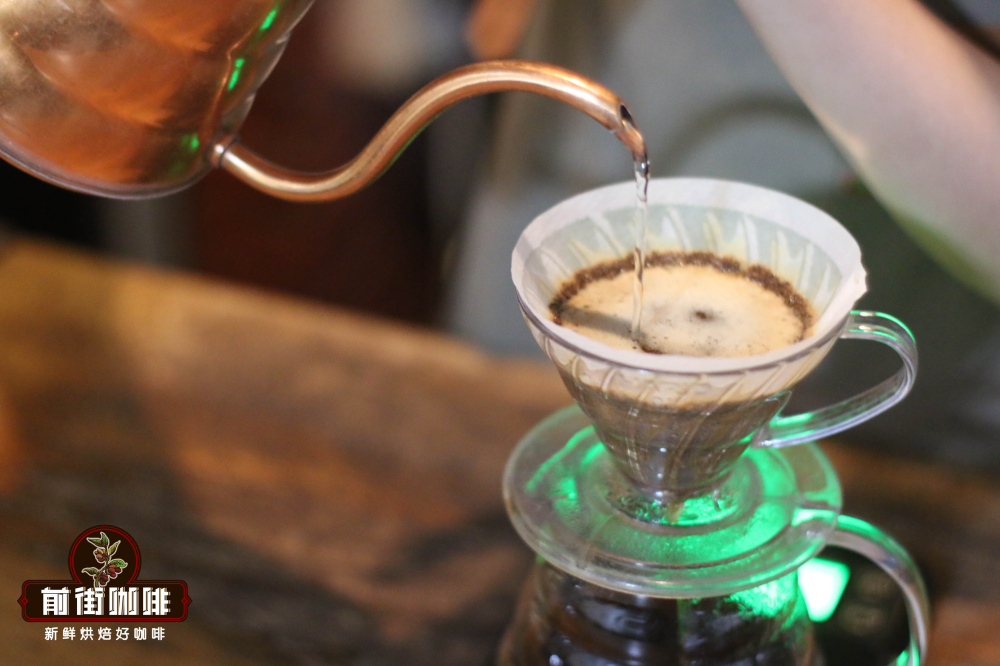
Water temperature: The higher the water temperature, the faster the extraction speed. Front Street Coffee recommends brewing medium-dark roast beans at 89-90 degrees Celsius and medium-light roast beans at 90-91 degrees Celsius
Most of these variables have no standard, because everyone likes coffee taste is different, how to adjust different variables, rush out their favorite taste, is the most interesting place of hand-brewed coffee. For example, if you want a bitter coffee, you can use finer coffee powder, higher water temperature, or longer water injection time to achieve the desired taste.
How to Make Coffee at Home
After understanding the background knowledge, the next step is to implement it. Below we list the detailed steps and precautions for hand brewing coffee:
Ground coffee beans: The standard particle size is as mentioned above, like granulated sugar, which can be adjusted. The key point is that the particles should be uniform, and the fine powder can be screened out with a sieve to avoid being filtered. The amount of coffee powder is about half to two-thirds of the filter cup, too little to control the hot water flow rate, too much will fill up when brewing.
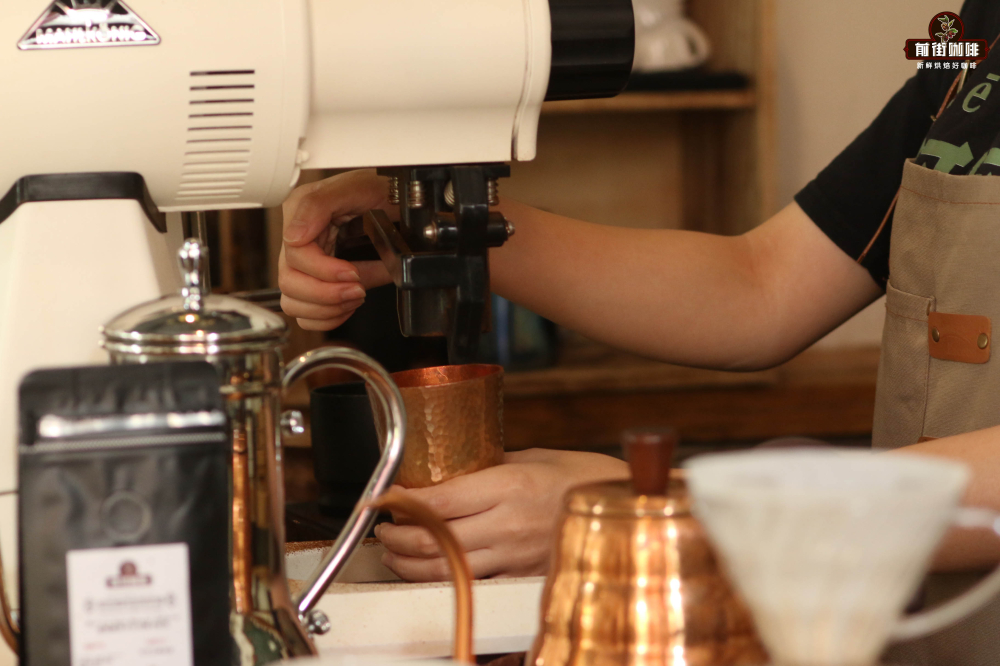
Boiling water: The ratio of coffee powder to water is about 1:15, which can be adjusted according to personal preference. The suitable water temperature is about 90 degrees, which can be measured with a thermometer after boiling.
Preheating: fold the filter paper so that it is flat on the filter cup, first soak the filter paper with some hot water and preheat the filter cup, so that the paper smell of the filter paper can also be eliminated. Pour the water away after preheating.
Put powder: Pour coffee powder into filter cup and pat the side of filter cup to make coffee powder surface slightly flat.
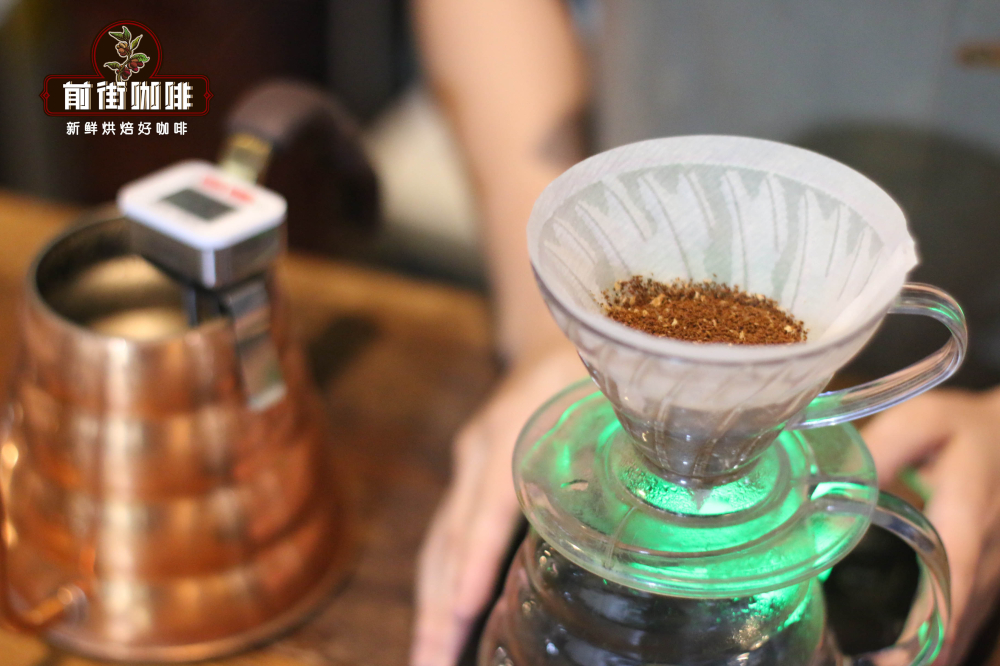
Start timing, the first water injection: close the spout to the edge of the filter cup, start filling from the center of the filter cup, circle around the center to the periphery and then circle back to the center, soak all the coffee powder and then stop, pay attention to not too much water. At this time, white bubbles will be produced on the surface of the coffee powder and begin to expand.
Steaming: Wait for the coffee powder to stop swelling, about 30-40 seconds, when some of the extract may have begun to filter out.
Second water injection: When you see that the foam begins to collapse, start the second water injection, and repeat the circle from the center, and continue to inject water evenly. This injection takes more than 2 minutes, depending on the expected brewing time (usually 2 minutes to 2 minutes and 20 seconds for dark roast coffee beans and 2 minutes to 2 minutes and 10 seconds for light medium roast coffee beans).
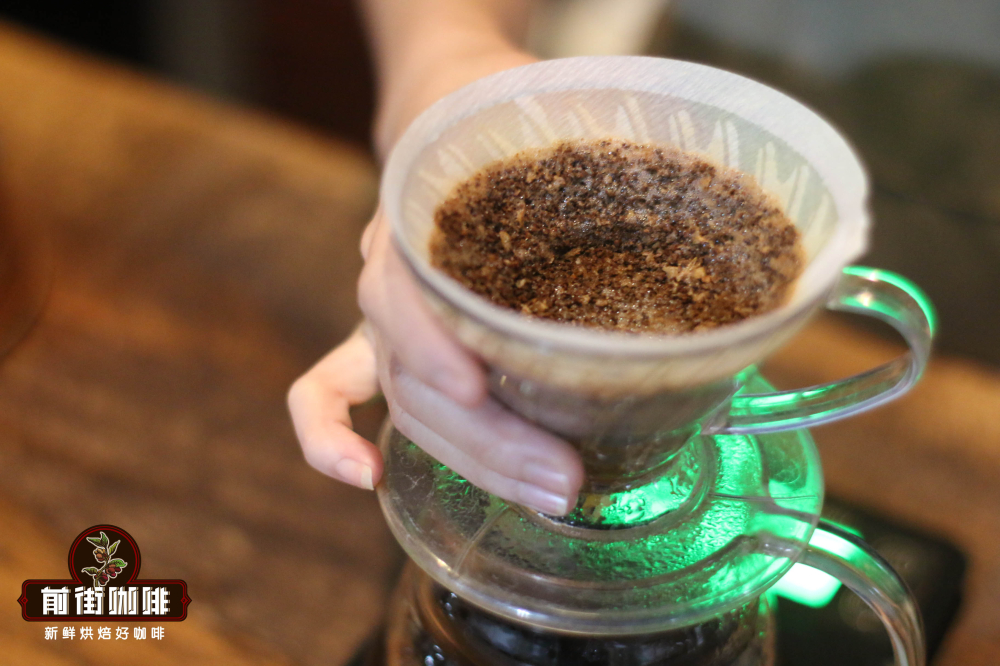
Shake: After stopping the water injection and after the drip is completed, shake the coffee solution of different concentrations in the pot evenly, and then pour it into the coffee cup.
Making coffee by hand is not just brewing coffee, it is also an art worth cultivating. After more than 50 years of research and development, the Japanese have already regarded hand-brewed coffee as a cultivation knowledge like tea ceremony. After reading this article, are you excited too? Step into the secret palace of hand-brewed coffee together and rush out your own coffee bar!
Hand brewed coffee brewing guide
Important Notice :
前街咖啡 FrontStreet Coffee has moved to new addredd:
FrontStreet Coffee Address: 315,Donghua East Road,GuangZhou
Tel:020 38364473
- Prev

What's the difference between a three-hole filter cup and a single-hole filter cup? how to brew coffee?
Professional baristas please pay attention to the coffee workshop (Wechat official account cafe_style) hand flushing is a frequently used coffee extraction method in coffee shops and other coffee shops. The use of the filter paper is only through coffee liquid, only one bottom of an Anashiki hole is open, a plurality of holes, wherein two three and the plurality of holes are opened, the filter paper with a tapered opening from the bottom has a conical shape and uses
- Next

7.11 Convenience Store's '7 Coffee' Evolution Details 7 Coffee Is Good to Drink
Professional barista communication Please pay attention to coffee workshop (Weixin Official Accounts cafe_style) Although Seven Cafe is very natural now, do you know Seven Eleven has made delicious coffee five times in the past? This time, I want to talk about the history of Seven Coffee. Thirty years ago, in the early 1980s, the average coffee shop sold an average of five percent of its coffee.
Related
- Beginners will see the "Coffee pull flower" guide!
- What is the difference between ice blog purified milk and ordinary milk coffee?
- Why is the Philippines the largest producer of crops in Liberia?
- For coffee extraction, should the fine powder be retained?
- How does extracted espresso fill pressed powder? How much strength does it take to press the powder?
- How to make jasmine cold extract coffee? Is the jasmine + latte good?
- Will this little toy really make the coffee taste better? How does Lily Drip affect coffee extraction?
- Will the action of slapping the filter cup also affect coffee extraction?
- What's the difference between powder-to-water ratio and powder-to-liquid ratio?
- What is the Ethiopian local species? What does it have to do with Heirloom native species?

